Search
Remove Ads
Advertisement
Summary 
Loading AI-generated summary based on World History Encyclopedia articles ...
Search Results
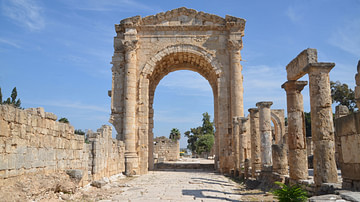
Definition
Tyre
Tyre (in modern-day Lebanon) is one of the oldest cities in the world, dating back over 4,000 years, during which it has been inhabited almost continuously. It was one of the most important, and at times the dominant, city of Phoenicia, whose...
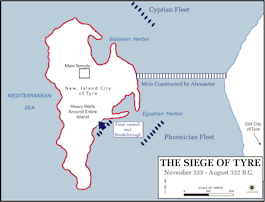
Article
Alexander's Siege of Tyre, 332 BCE
After defeating Darius III at the battle of Issus in November 333 BCE, Alexander marched his army (about 35,000-40,000 strong) into Phoenicia, where he received the capitulation of Byblus and Sidon. Tyrian envoys met with Alexander whilst...

Image
Thomas Wolsey, Cardinal Archbishop of York
A 16th century CE portrait of Thomas Wolsey (l. c. 1473-1530), Cardinal Archbishop of York and Lord Chancellor to Henry VIII of England (r. 1509-1547 CE). (Trinity College, Cambridge, England)

Definition
William the Conqueror
William the Conqueror (c. 1027-1087), also known as William, Duke of Normandy, led the Norman Conquest of England in 1066 when he defeated and killed his rival Harold Godwinson at the Battle of Hastings. Crowned King William I of England...

Definition
Phoenicia
Phoenicia was an ancient civilization composed of independent city-states located along the coast of the Mediterranean Sea stretching through what is now Syria, Lebanon and northern Israel. The Phoenicians were a great maritime people, known...
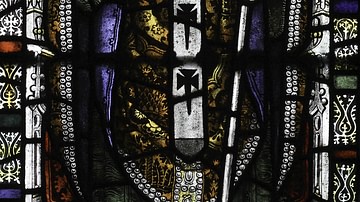
Definition
Thomas Becket
Thomas Becket (aka Thomas á Becket) was chancellor to Henry II of England (r. 1154-1189) and then archbishop of Canterbury (1162 to 1170). Thomas repeatedly clashed with his sovereign over the relationship between the Crown and Church, particularly...
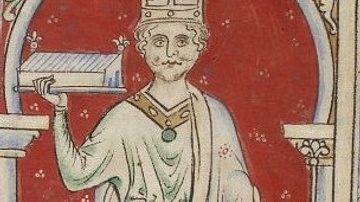
Definition
William II of England
William II of England, sometimes called William 'Rufus' for his red hair and complexion, reigned as the king of England from 1087 to 1100 CE. The son of William the Conqueror (r. 1066-1087 CE), the younger William was loyal to his father...
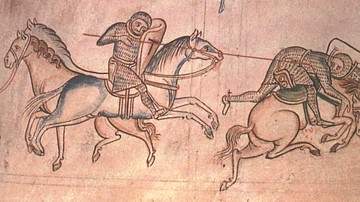
Definition
Sir William Marshal - England's Greatest Knight
The Englishman Sir William Marshal (c. 1146-1219 CE, aka William the Marshal), Earl of Pembroke, is one of the most celebrated knights of the Middle Ages. Renowned for his fighting skills, he remained undefeated in tournaments, spared the...
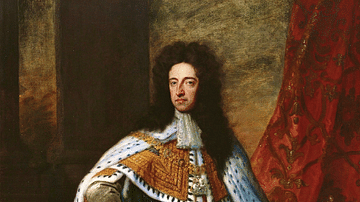
Definition
William III of England
William III of England (also William II of Scotland, r. 1689-1702) became king of England, Scotland, and Ireland after the Glorious Revolution of 1688. Protestant William, Prince of Orange, was invited to rule jointly with his wife Mary II...
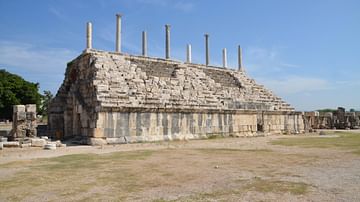
Image
Seats of the Hippodrome of Tyre, Lebanon
The preserved seats of the hippodrome of Tyre (Lebanon), built in the 2nd century CE. The hippodrome of Tyre was U-shaped and measured 480 meters (1575 ft) by 160 metres (525 ft). It could accommodate around 30,000 spectators. It is considered...